Home>Storage & Organization>Kitchen Organizing Tools>Why Does My Cat Pee On The Edge Of The Litter Box?
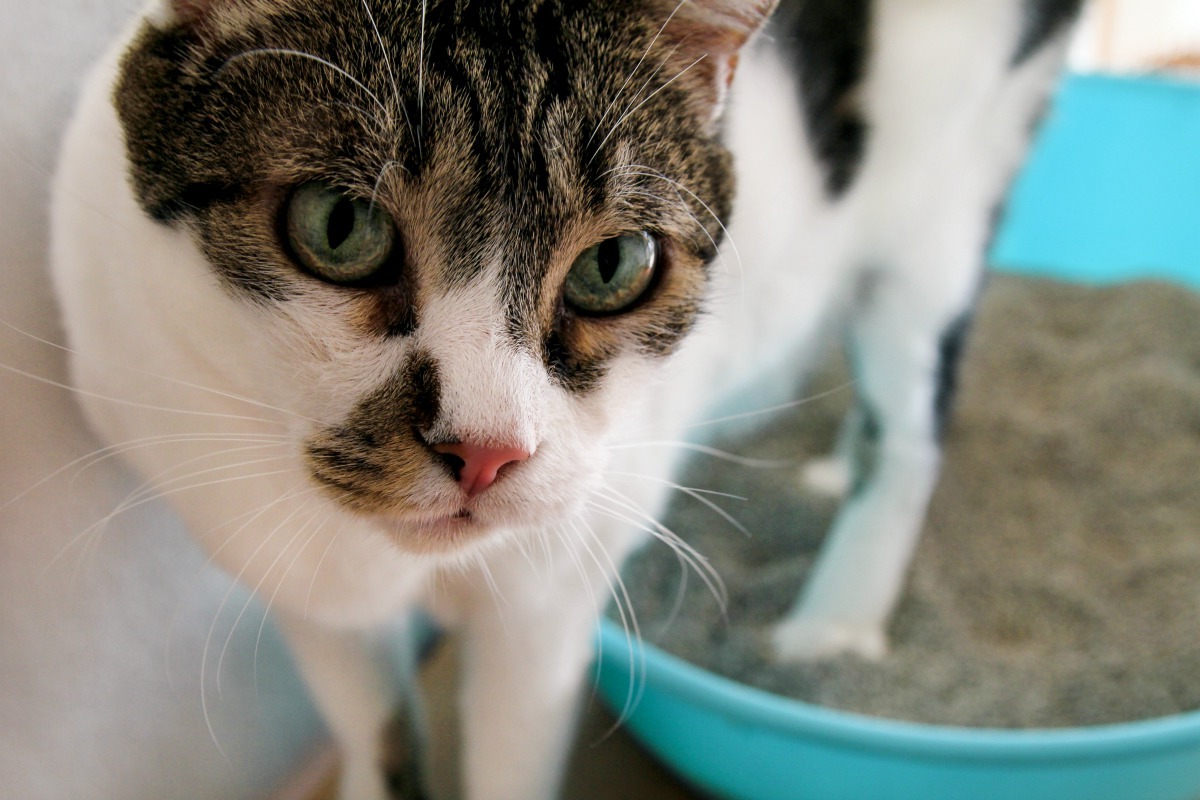

Kitchen Organizing Tools
Why Does My Cat Pee On The Edge Of The Litter Box?
Published: February 23, 2024
Discover the best kitchen organizing tools to keep your space clutter-free and efficient. Find solutions for every corner of your kitchen.
(Many of the links in this article redirect to a specific reviewed product. Your purchase of these products through affiliate links helps to generate commission for Storables.com, at no extra cost. Learn more)
Introduction
Cats are fascinating creatures, known for their independent nature and enigmatic behaviors. As a cat owner, you may have encountered the perplexing issue of finding your feline friend urinating on the edge of the litter box instead of inside it. This behavior can be both frustrating and puzzling, leaving you wondering about the reasons behind it. Understanding why your cat exhibits this behavior is crucial in addressing the issue effectively.
The litter box is a fundamental aspect of a cat's domestic life, serving as their designated spot for eliminating waste. When a cat consistently urinates on the edge of the litter box, it can lead to a messy and unhygienic situation. Moreover, it may indicate an underlying problem that needs to be addressed promptly.
In this article, we will delve into the intricate world of feline behavior to unravel the mystery behind why cats pee on the edge of the litter box. By gaining insight into the potential reasons for this behavior, you can take proactive measures to mitigate the issue and ensure a harmonious living environment for both you and your beloved pet.
Understanding your cat's behavior and the possible reasons for their peculiar bathroom habits is the first step toward finding effective solutions. Let's embark on this enlightening journey to decipher the enigma of why cats exhibit this behavior and explore practical strategies to prevent it.
Key Takeaways:
- Cats may pee on the edge of the litter box due to territorial behavior, litter preferences, stress, medical issues, or box size. Understanding these reasons helps create a conducive environment for proper litter box usage.
- To prevent cats from peeing on the edge of the litter box, maintain a clean box, consider litter preferences, reduce stress, provide a suitable box size, and seek veterinary help if needed. Creating a supportive environment fosters positive bathroom habits.
Understanding Your Cat's Behavior
Cats are complex creatures with a rich tapestry of behaviors that can sometimes confound even the most experienced pet owners. Understanding your cat's behavior is essential in deciphering the reasons behind their actions, including their bathroom habits. When it comes to using the litter box, cats may exhibit a range of behaviors influenced by their instincts, preferences, and environment.
One crucial aspect to consider is a cat's natural inclination for cleanliness. Cats are inherently clean animals and are known for their meticulous grooming rituals. This fastidious nature extends to their bathroom habits, as they prefer a clean and well-maintained litter box. If the litter box is not up to their standards of cleanliness, they may seek alternative spots for elimination, such as the edge of the box.
Furthermore, a cat's behavior is influenced by their territorial instincts. In a multi-cat household, the dynamics of territory and hierarchy come into play. Some cats may feel the need to mark their territory by urinating on the edge of the litter box, especially if they perceive it as a shared space with other feline companions. Understanding the dynamics of your cat's social environment can provide valuable insights into their bathroom behaviors.
Additionally, changes in a cat's routine or environment can trigger stress and anxiety, leading to altered bathroom habits. Cats are creatures of habit, and any disruptions to their routine or environment can cause them to exhibit unusual behaviors, including urinating on the edge of the litter box. It's essential to be mindful of any changes in your cat's surroundings, such as new pets, household relocations, or modifications to their litter box setup.
Moreover, the type of litter and the cleanliness of the litter box can significantly impact a cat's behavior. Cats may have preferences for certain types of litter or may be averse to strong scents or textures. If the litter box is not cleaned regularly or if the litter type is not to their liking, cats may express their dissatisfaction by urinating on the edge of the box.
By delving into the intricacies of your cat's behavior, you can gain a deeper understanding of the factors that influence their bathroom habits. This understanding forms the foundation for implementing effective strategies to address and prevent the issue of urinating on the edge of the litter box. In the following sections, we will explore potential reasons for this behavior and practical solutions to promote proper litter box usage for your feline companion.
Possible Reasons for Peeing on the Edge of the Litter Box
-
Territorial Behavior: Cats are inherently territorial animals, and their bathroom habits can be influenced by their need to mark their territory. In a multi-cat household, the presence of other feline companions can lead to territorial disputes. Some cats may choose to urinate on the edge of the litter box as a way of asserting their territorial boundaries, especially if they perceive the box as a shared space. Understanding the dynamics of your cat's social interactions and providing individual litter boxes for each cat can help alleviate territorial issues.
-
Litter Box Preference: Cats can be quite particular about their litter box preferences. The type of litter, its texture, scent, and cleanliness all play a significant role in a cat's willingness to use the box. If the litter box does not meet your cat's standards, they may opt to urinate on the edge as a form of protest. Experimenting with different types of litter and ensuring regular cleaning of the box can help identify and address any potential litter box aversions.
-
Stress and Anxiety: Changes in a cat's environment or routine can induce stress and anxiety, leading to altered bathroom behaviors. Cats are sensitive to disruptions such as moving to a new home, the introduction of new pets, or changes in their human family's dynamics. In response to stress, some cats may exhibit avoidance behaviors, including urinating on the edge of the litter box. Creating a calm and stable environment for your cat, providing hiding spots, and engaging in interactive play can help alleviate stress-related bathroom issues.
-
Medical Conditions: It's essential to consider the possibility of underlying medical issues when addressing inappropriate urination. Urinary tract infections, bladder stones, and other medical conditions can cause discomfort and may prompt a cat to avoid using the litter box. If your cat displays consistent litter box avoidance or exhibits other concerning symptoms, consulting a veterinarian for a thorough examination is crucial to rule out potential medical causes.
-
Litter Box Size and Accessibility: The size and accessibility of the litter box can impact a cat's willingness to use it appropriately. If the litter box is too small or has high sides, some cats may find it challenging to enter and may resort to urinating on the edge. Providing a spacious and easily accessible litter box, especially for senior or disabled cats, can promote proper litter box usage.
Understanding the potential reasons behind your cat's behavior is pivotal in devising effective strategies to address and prevent urinating on the edge of the litter box. By considering these factors and implementing targeted solutions, you can create a conducive environment that encourages proper litter box usage for your feline companion.
Ensure the litter box is large enough for your cat to comfortably use. Some cats prefer to pee on the edge if they feel cramped. Try a larger box to see if it solves the issue.
Solutions to Prevent Peeing on the Edge of the Litter Box
Addressing the issue of a cat urinating on the edge of the litter box requires a multifaceted approach that encompasses environmental, behavioral, and health considerations. By implementing targeted solutions, cat owners can effectively mitigate this behavior and promote proper litter box usage for their feline companions.
-
Litter Box Maintenance: Maintaining a clean and hygienic litter box is paramount in encouraging cats to use it appropriately. Regularly scoop the litter to remove waste, and completely replace the litter at least once a week. Additionally, ensure that the litter box is placed in a quiet and accessible location, away from high-traffic areas and loud noises.
-
Litter Box Type and Placement: Experiment with different types of litter to identify your cat's preferences. Some cats may favor unscented, clumping litter, while others may prefer non-clumping varieties. Furthermore, consider providing multiple litter boxes in various locations, especially in multi-cat households, to offer cats a choice and reduce territorial conflicts.
-
Litter Box Size and Accessibility: Opt for a spacious litter box with low sides, making it easy for cats to enter and exit comfortably. For senior or disabled cats, consider using litter boxes with lower entry points or providing ramps to facilitate access. Adequate space and accessibility can significantly contribute to proper litter box usage.
-
Stress Reduction and Environmental Enrichment: Create a calming and enriching environment for your cat by offering hiding spots, vertical spaces for climbing, and interactive toys for mental stimulation. Establish a consistent daily routine to minimize disruptions, and provide a secure and peaceful area for your cat to retreat to when feeling stressed.
-
Veterinary Consultation: If your cat continues to exhibit inappropriate urination despite implementing environmental and behavioral interventions, consult a veterinarian to rule out potential medical issues. A thorough examination can help identify underlying health concerns and ensure appropriate treatment if necessary.
By incorporating these solutions into your cat's living environment and routine, you can effectively address and prevent the issue of urinating on the edge of the litter box. Understanding your cat's preferences, addressing potential stressors, and maintaining a clean and accommodating litter box are essential steps in promoting proper bathroom habits for your feline companion.
Remember, patience and consistency are key when implementing these solutions. By providing a supportive and nurturing environment, you can help your cat feel secure and comfortable, ultimately fostering positive litter box behaviors and strengthening the bond between you and your beloved pet.
Conclusion
Understanding the intricate world of feline behavior and the potential reasons behind a cat's tendency to urinate on the edge of the litter box is a crucial step in fostering a harmonious living environment for both cats and their human companions. By delving into the multifaceted factors that influence a cat's bathroom habits, cat owners can gain valuable insights into their pet's needs and preferences, leading to the implementation of effective strategies to address and prevent this behavior.
In conclusion, the issue of a cat urinating on the edge of the litter box can stem from a variety of factors, including territorial behavior, litter box preferences, stress and anxiety, medical conditions, and litter box size and accessibility. By recognizing these potential reasons and implementing targeted solutions, cat owners can create an environment that promotes proper litter box usage and supports their cat's overall well-being.
The solutions to prevent urinating on the edge of the litter box encompass a holistic approach, encompassing litter box maintenance, type, and placement, stress reduction, environmental enrichment, and veterinary consultation when necessary. By maintaining a clean and accommodating litter box, identifying a cat's litter preferences, reducing stressors, and seeking veterinary guidance if needed, cat owners can effectively address and prevent this behavior, ultimately fostering a positive and hygienic bathroom environment for their feline companions.
It is essential to approach this issue with patience, understanding, and a commitment to providing a supportive and nurturing environment for cats. By acknowledging and addressing their unique needs and behaviors, cat owners can strengthen the bond with their pets and create a space where proper litter box usage becomes a natural and stress-free aspect of their feline companion's daily routine.
In the journey of caring for our feline friends, knowledge, empathy, and proactive measures play pivotal roles in ensuring their well-being and happiness. By embracing these principles and implementing the insights and solutions discussed, cat owners can navigate the challenge of urinating on the edge of the litter box with confidence and compassion, ultimately fostering a thriving and harmonious relationship with their beloved pets.
Frequently Asked Questions about Why Does My Cat Pee On The Edge Of The Litter Box?
Was this page helpful?
At Storables.com, we guarantee accurate and reliable information. Our content, validated by Expert Board Contributors, is crafted following stringent Editorial Policies. We're committed to providing you with well-researched, expert-backed insights for all your informational needs.
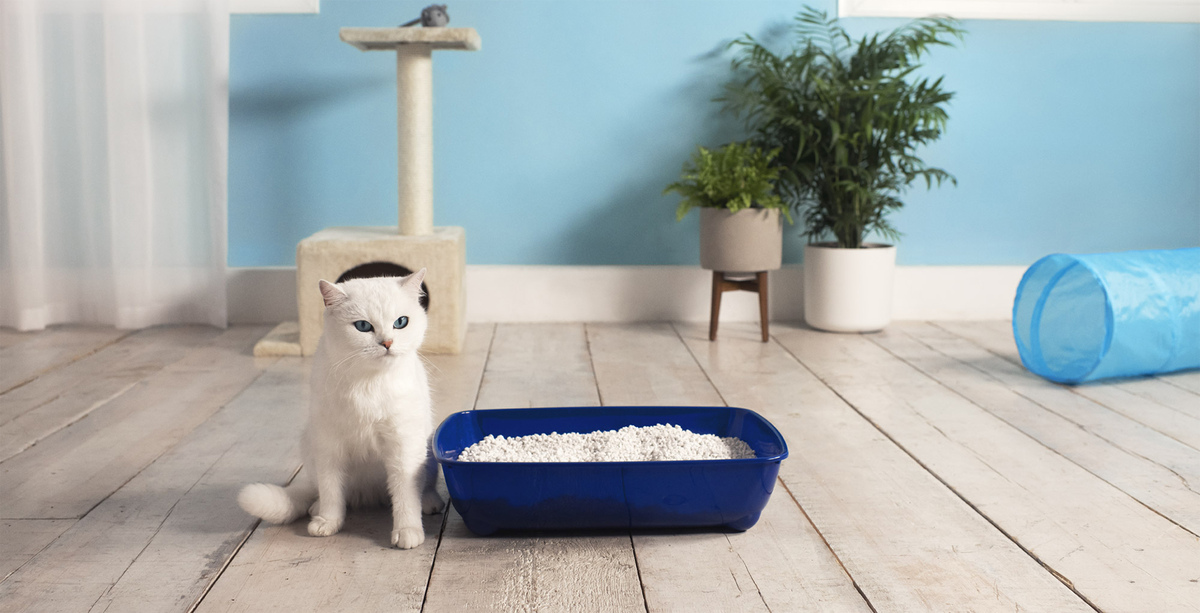
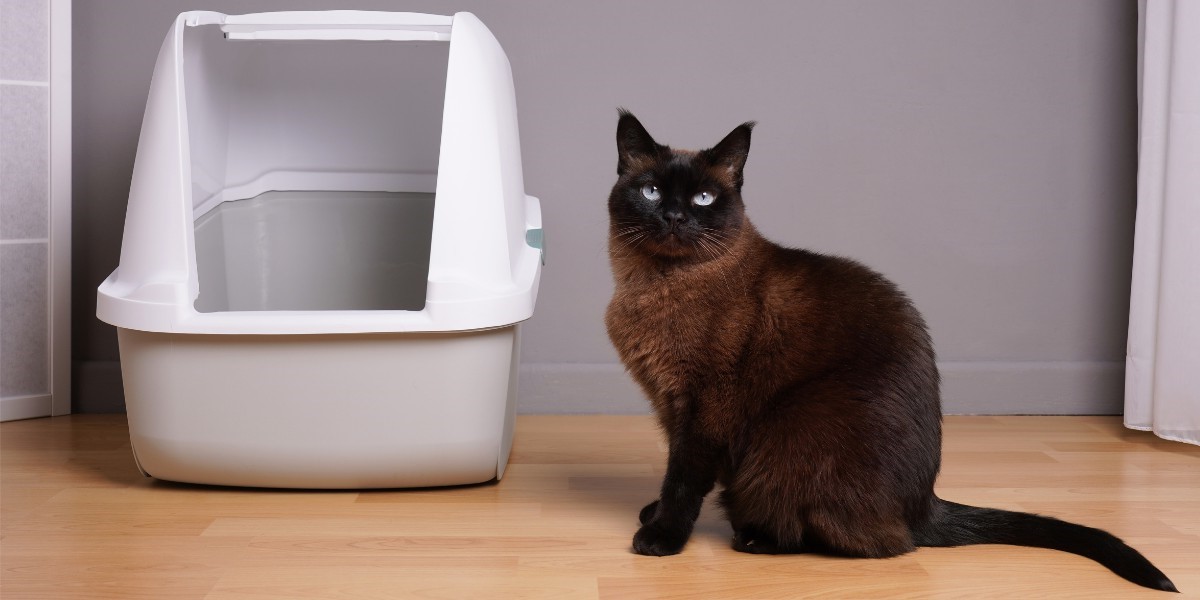
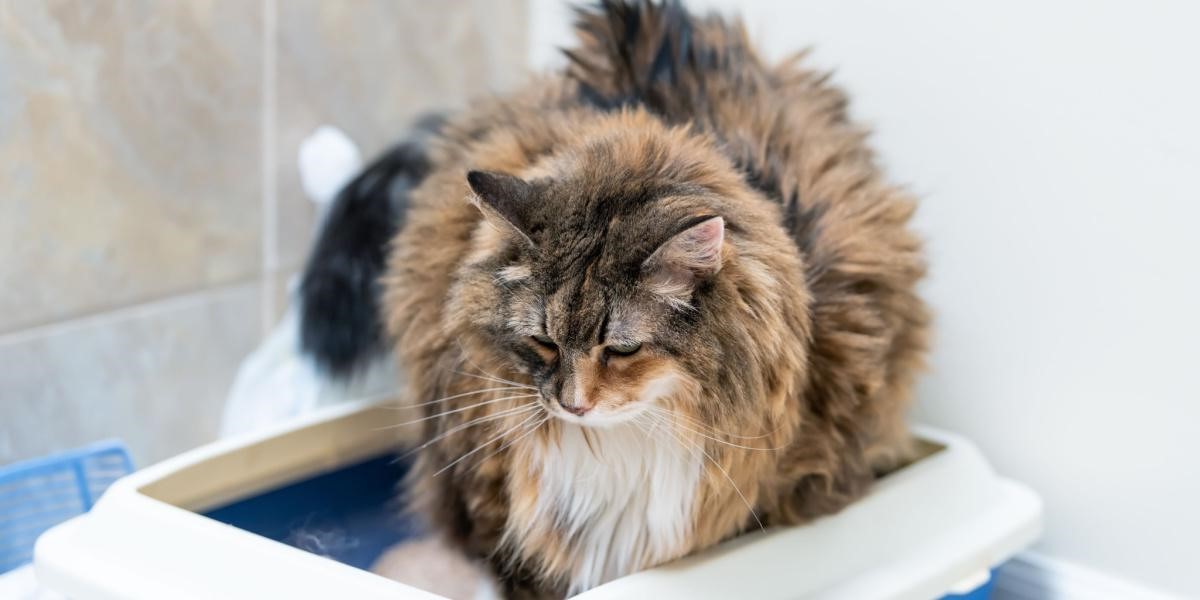
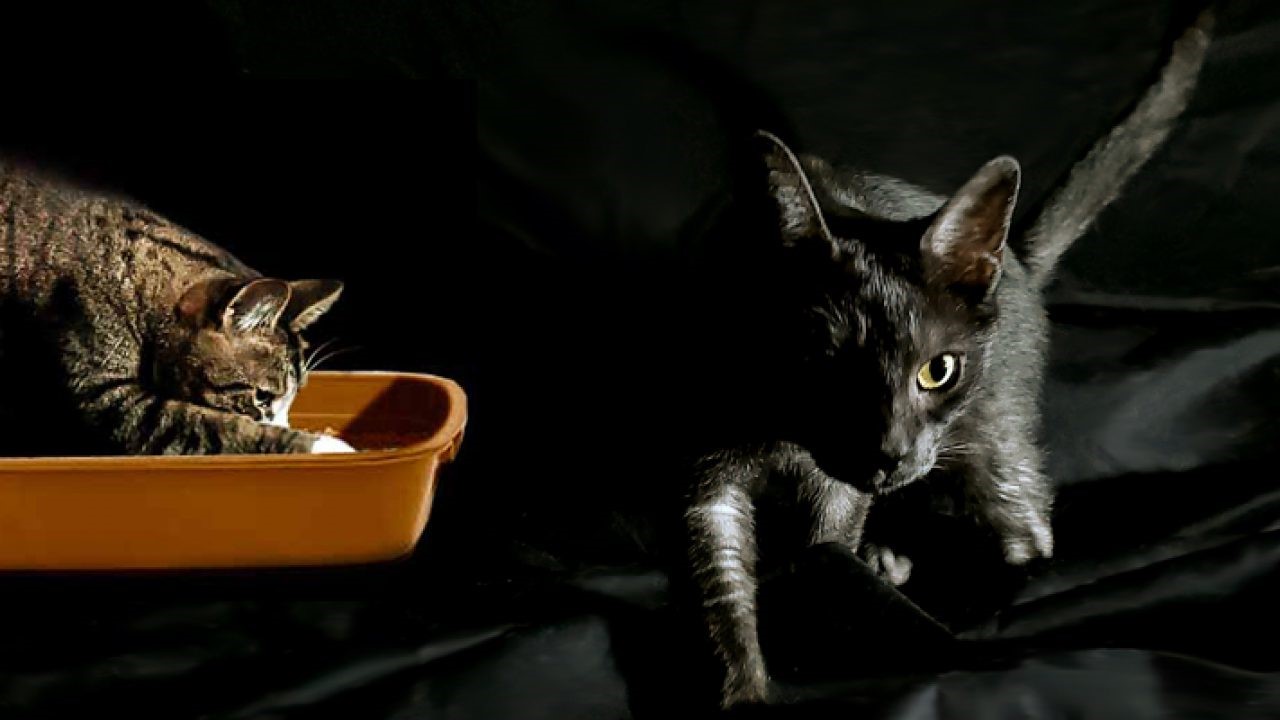
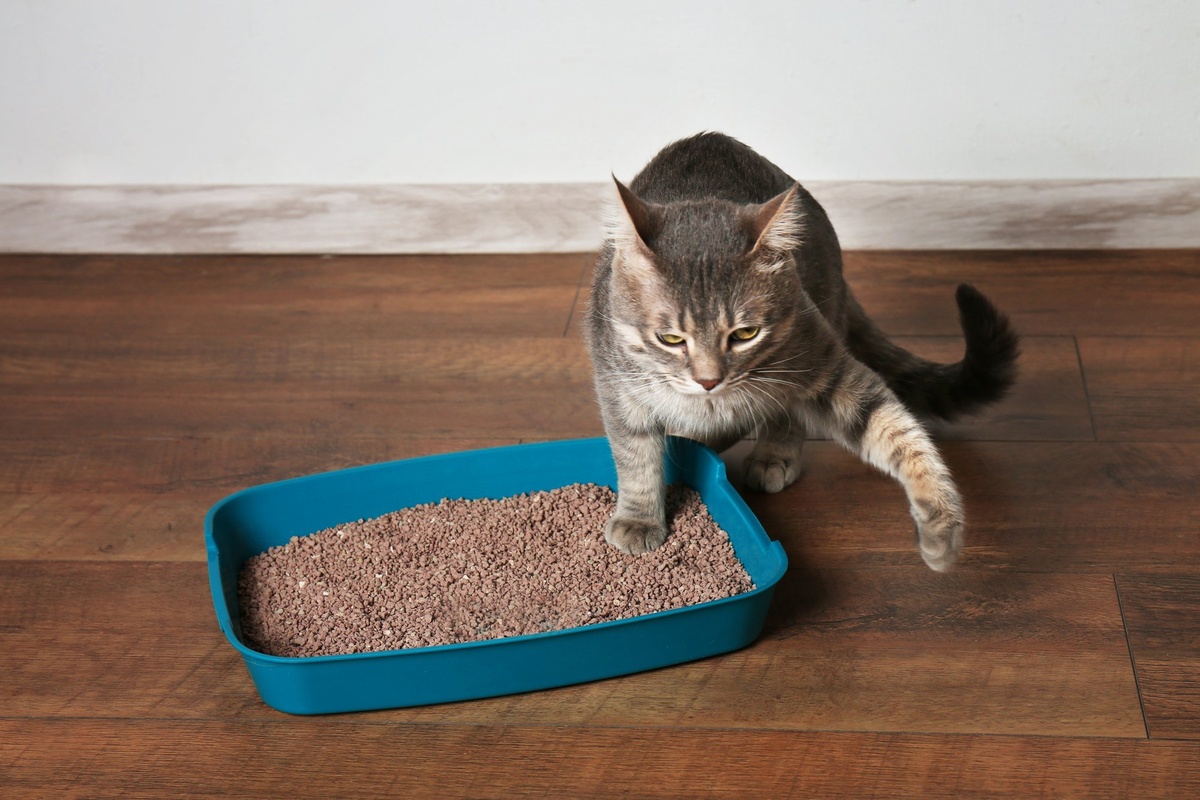
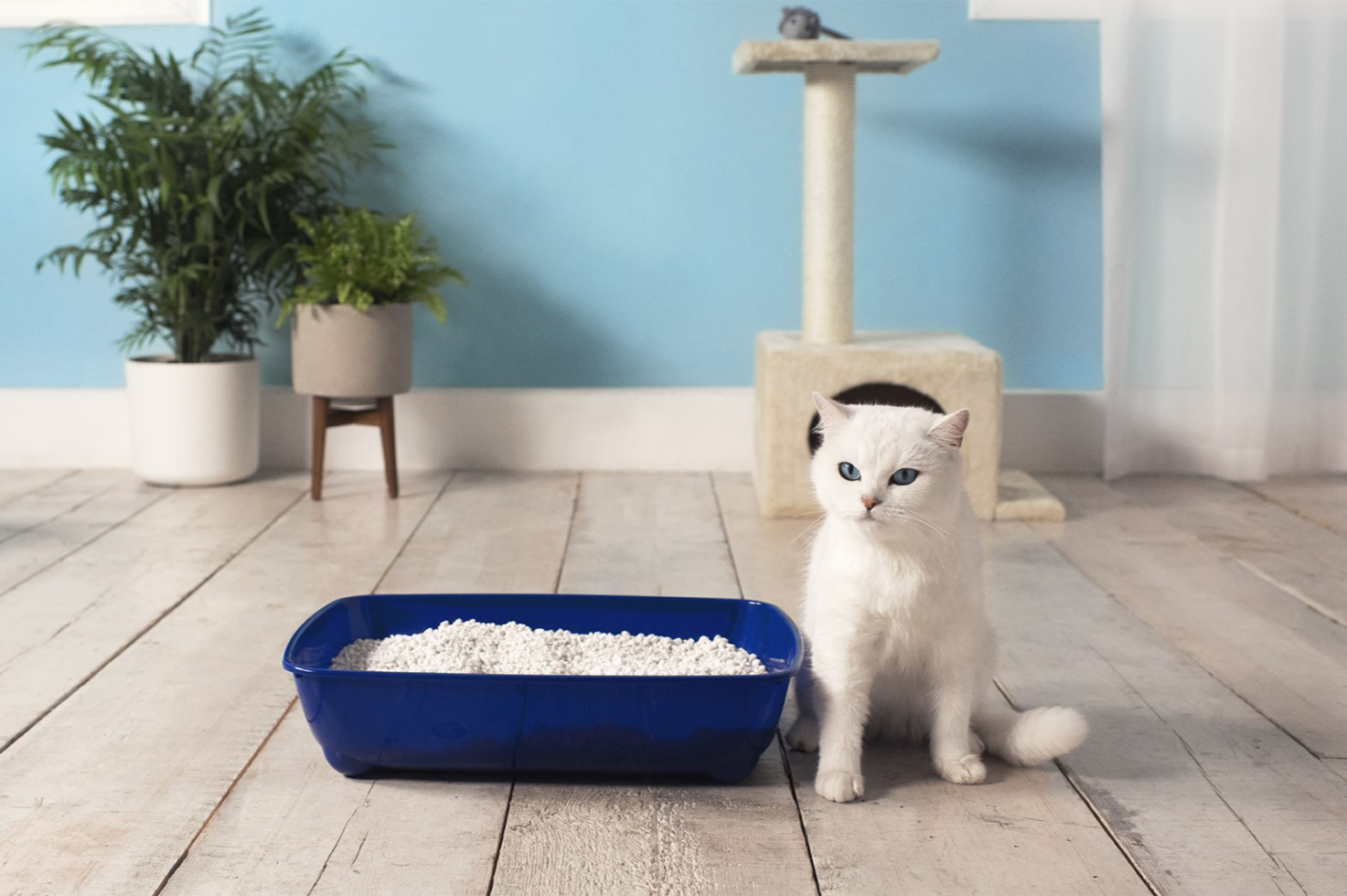
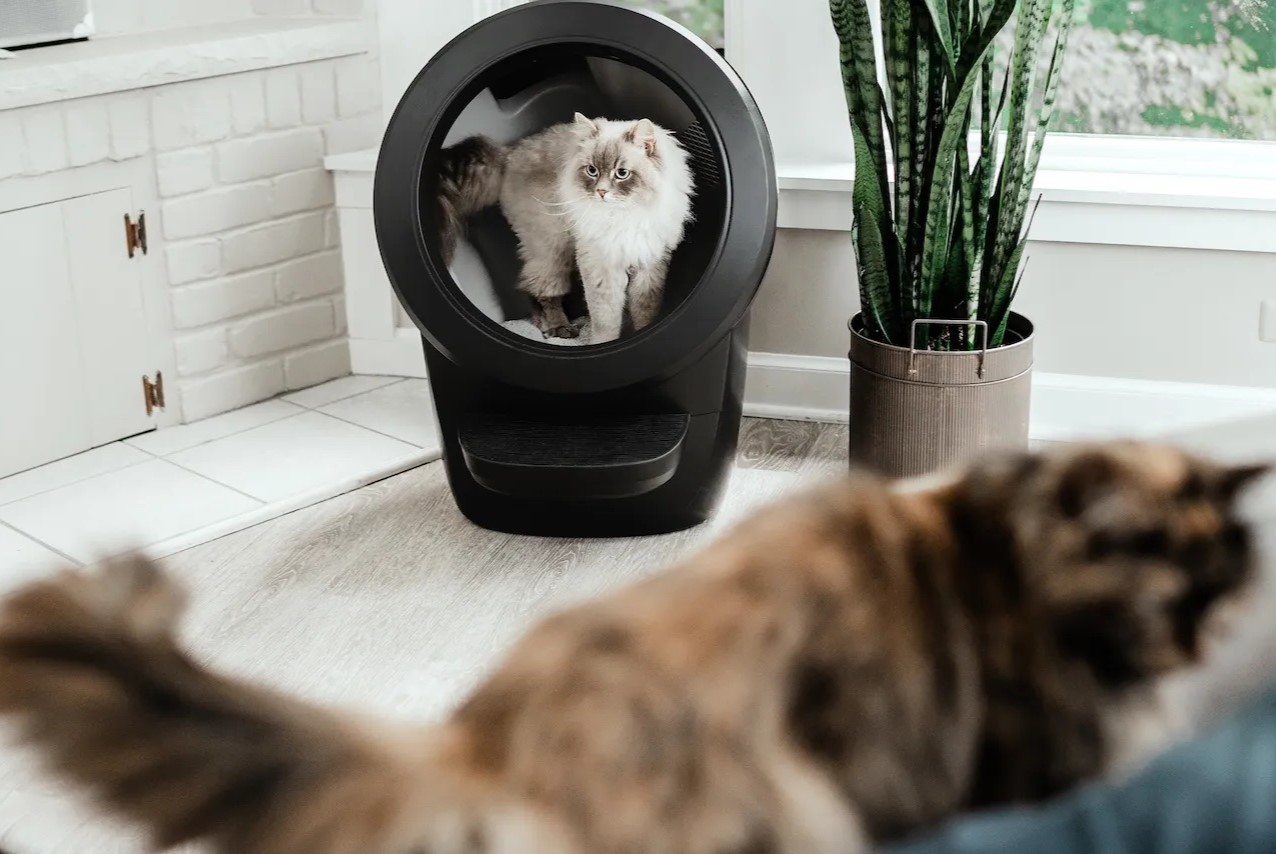
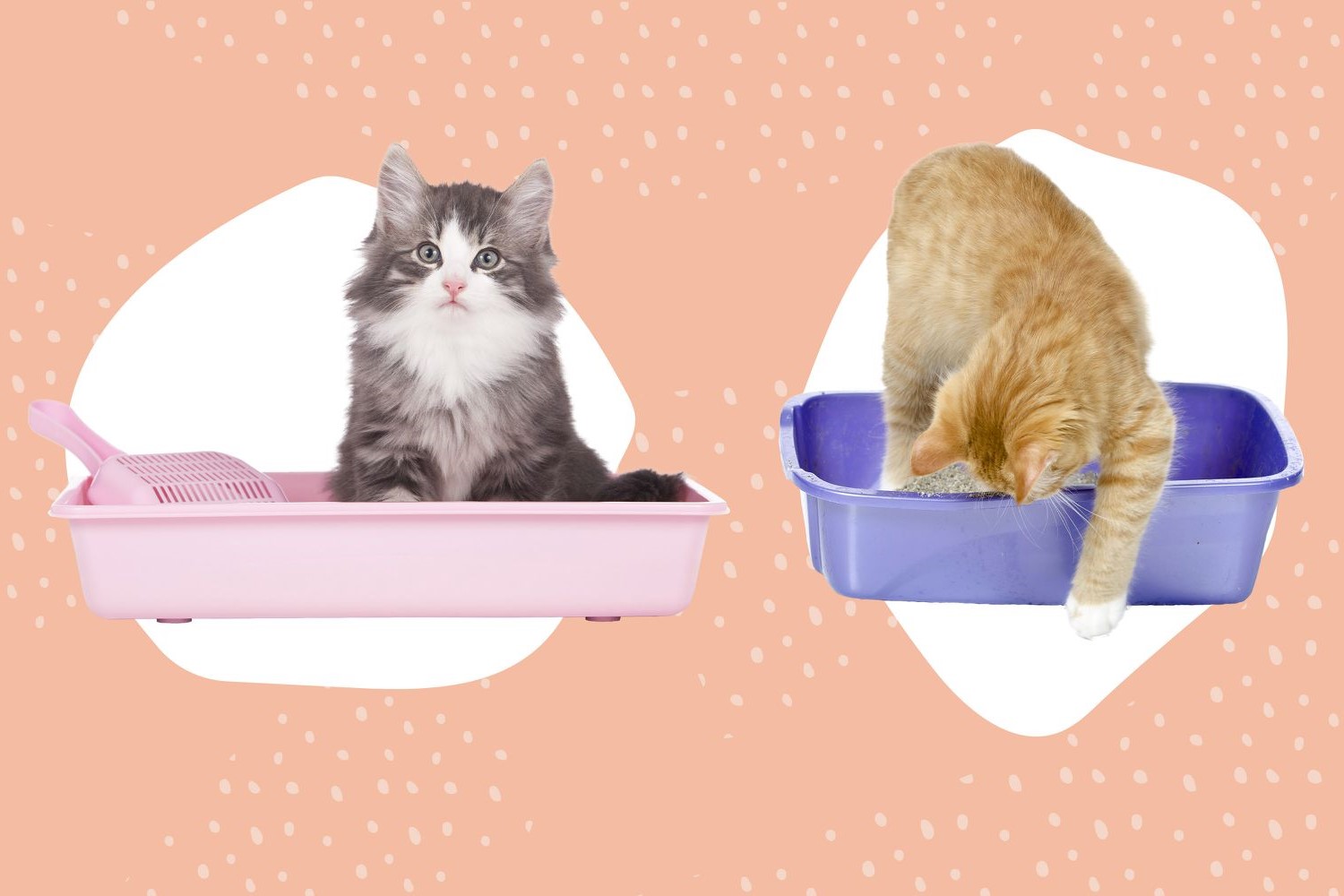
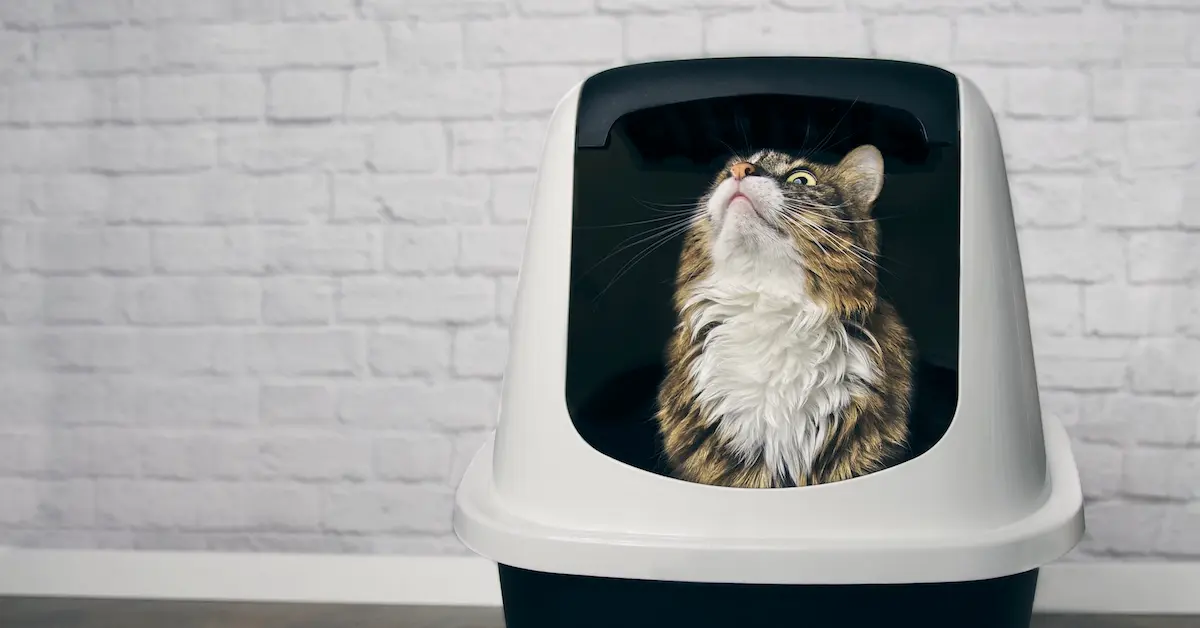
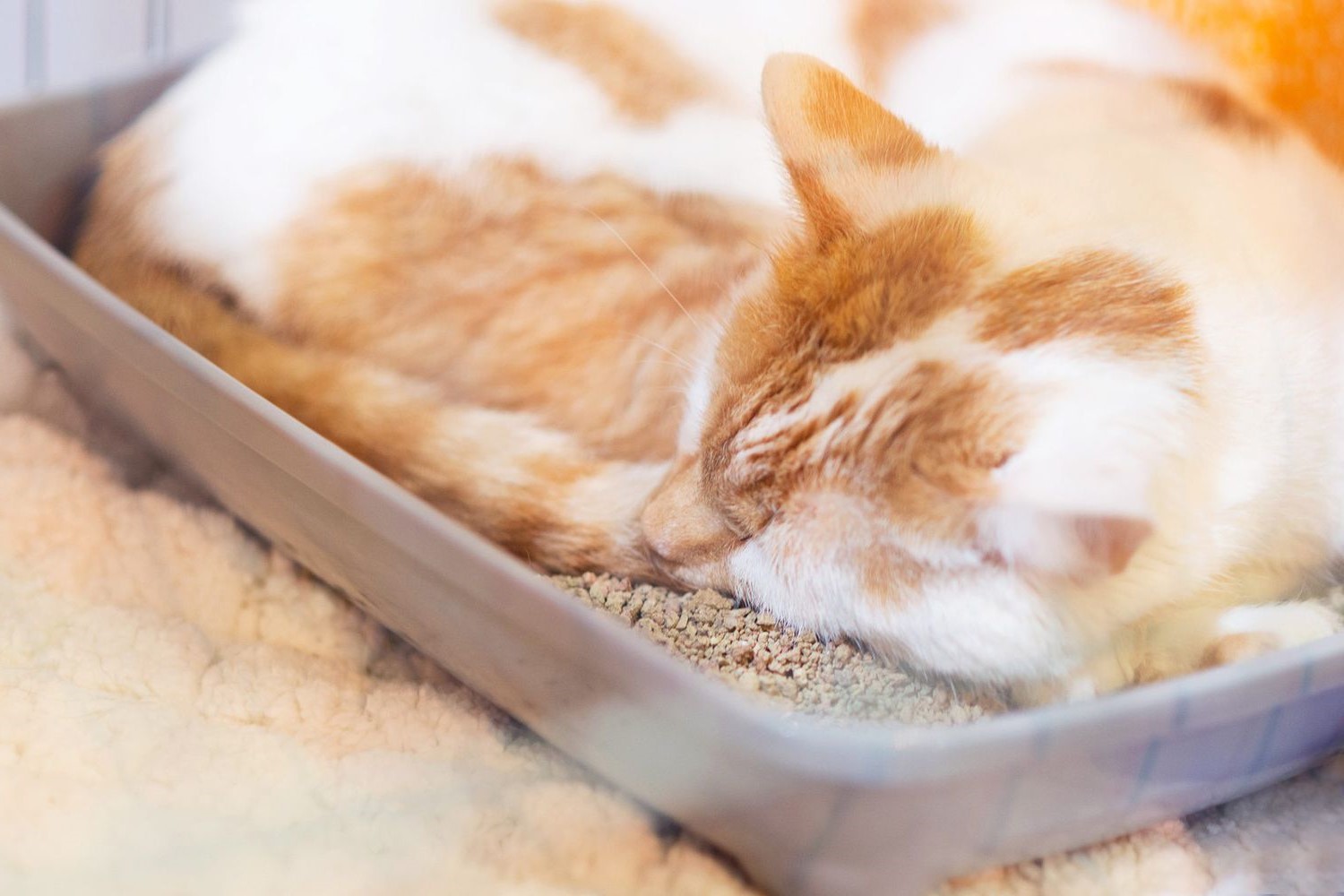
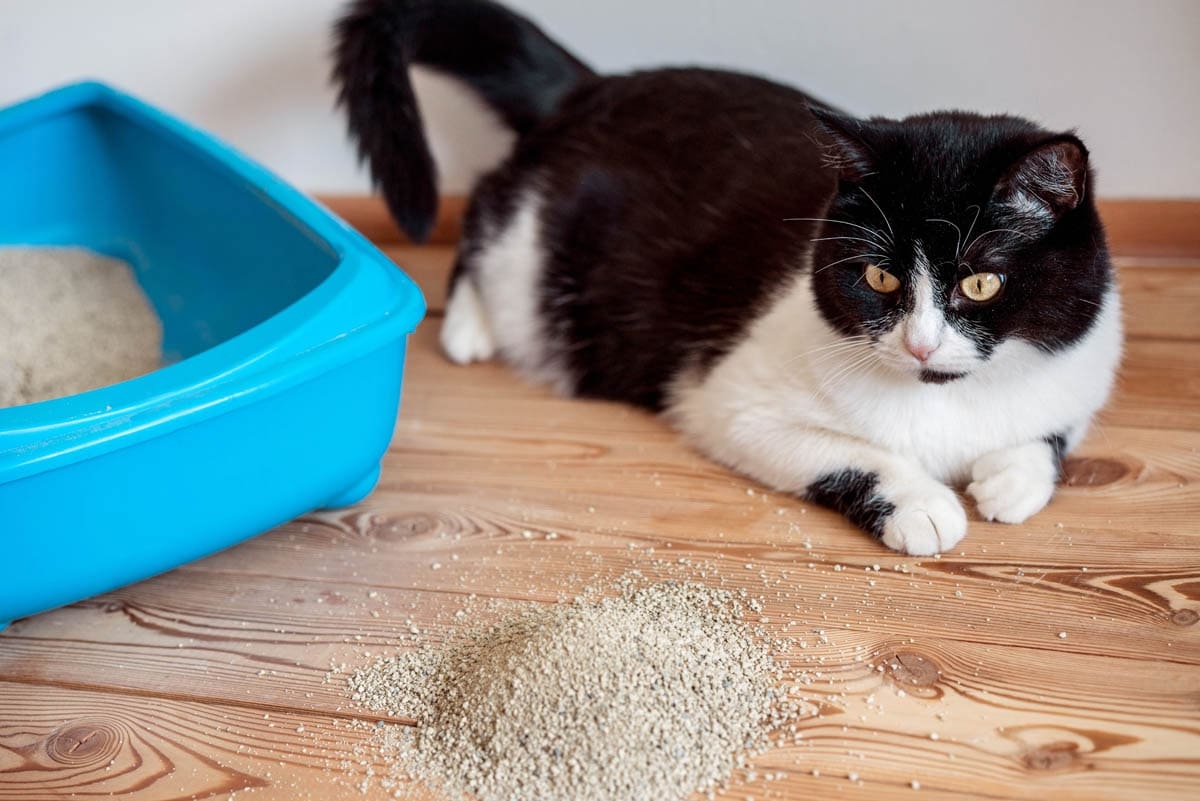
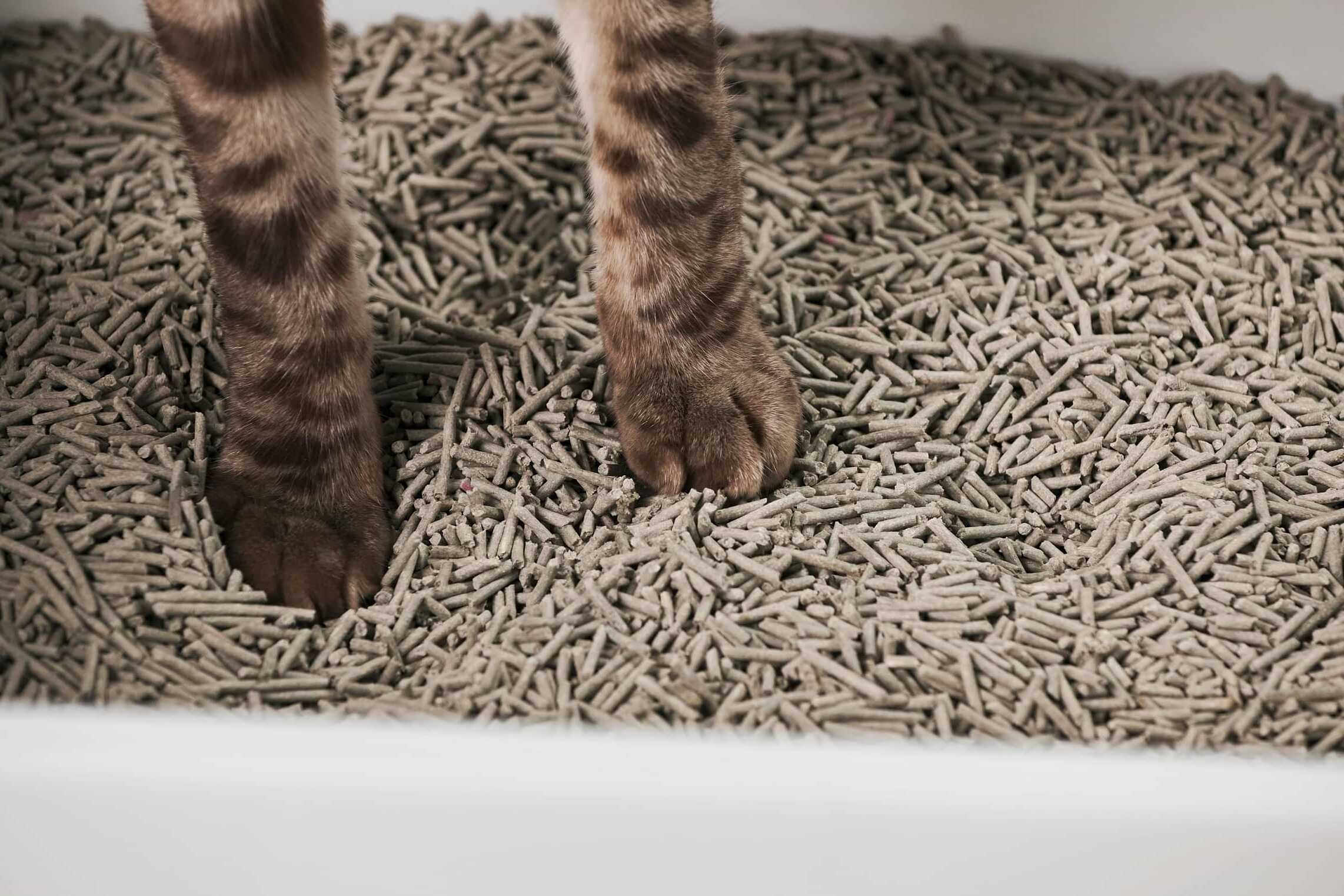
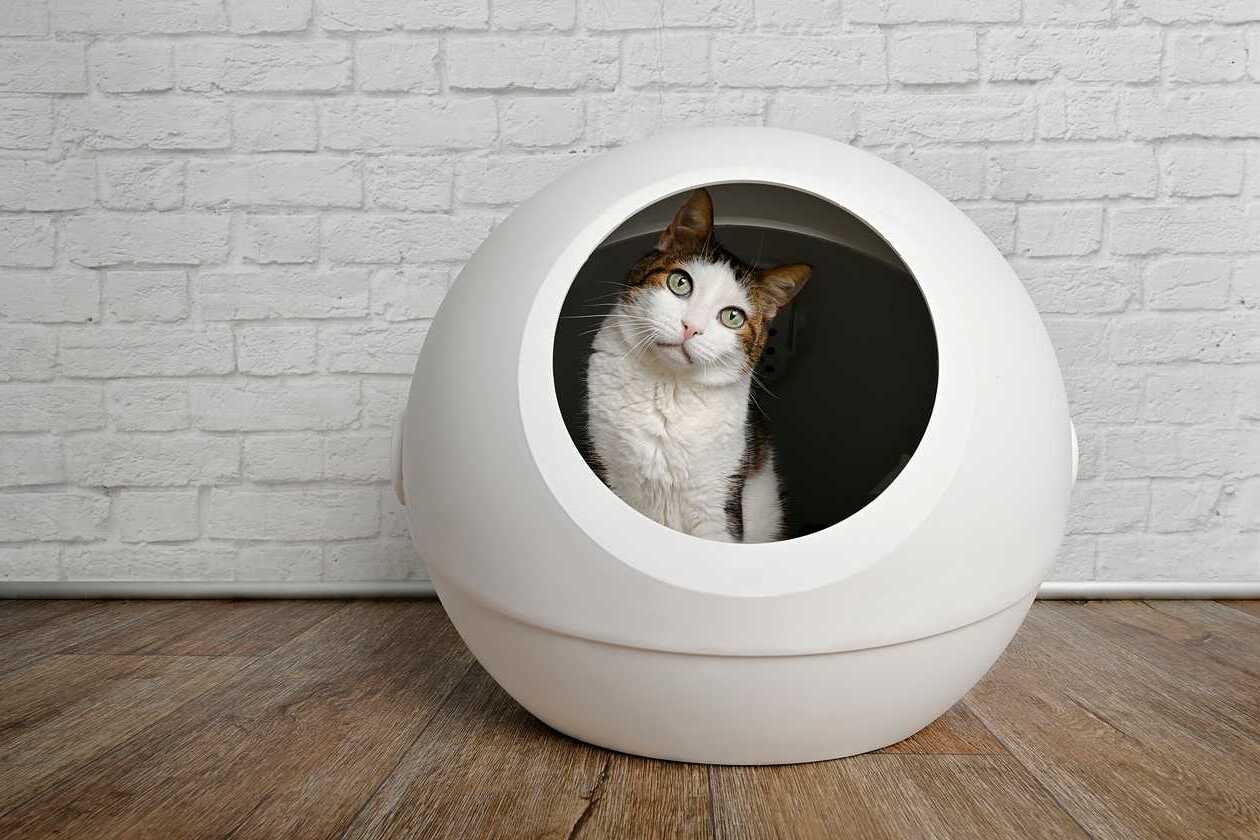
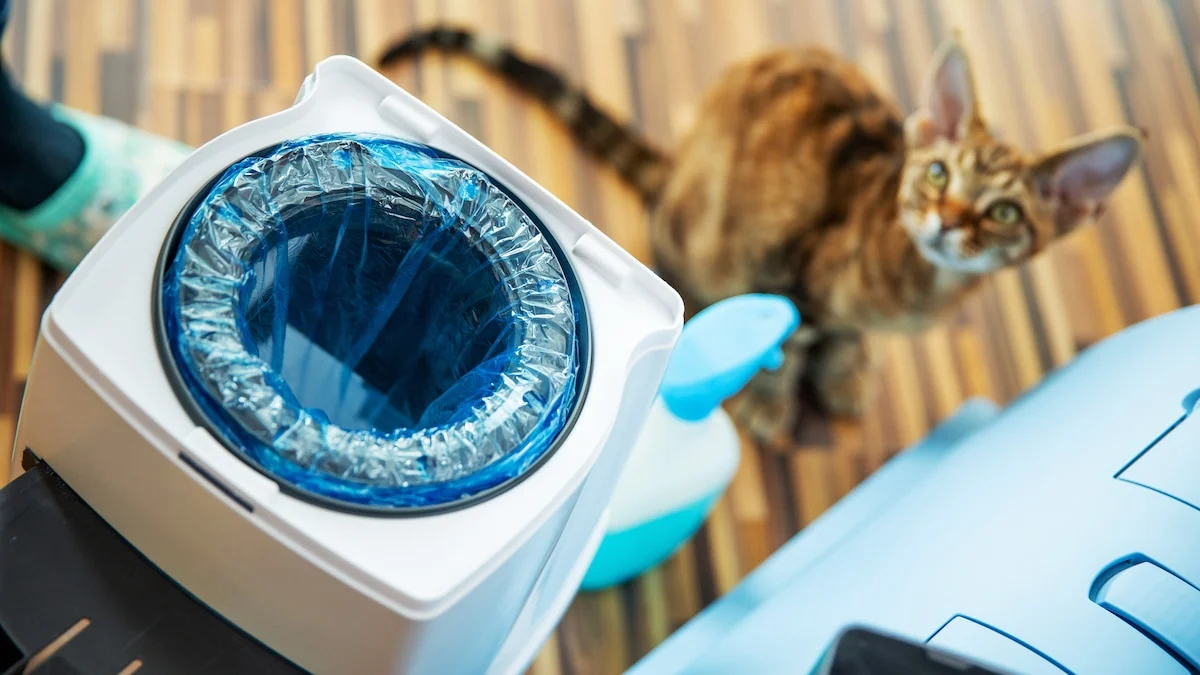
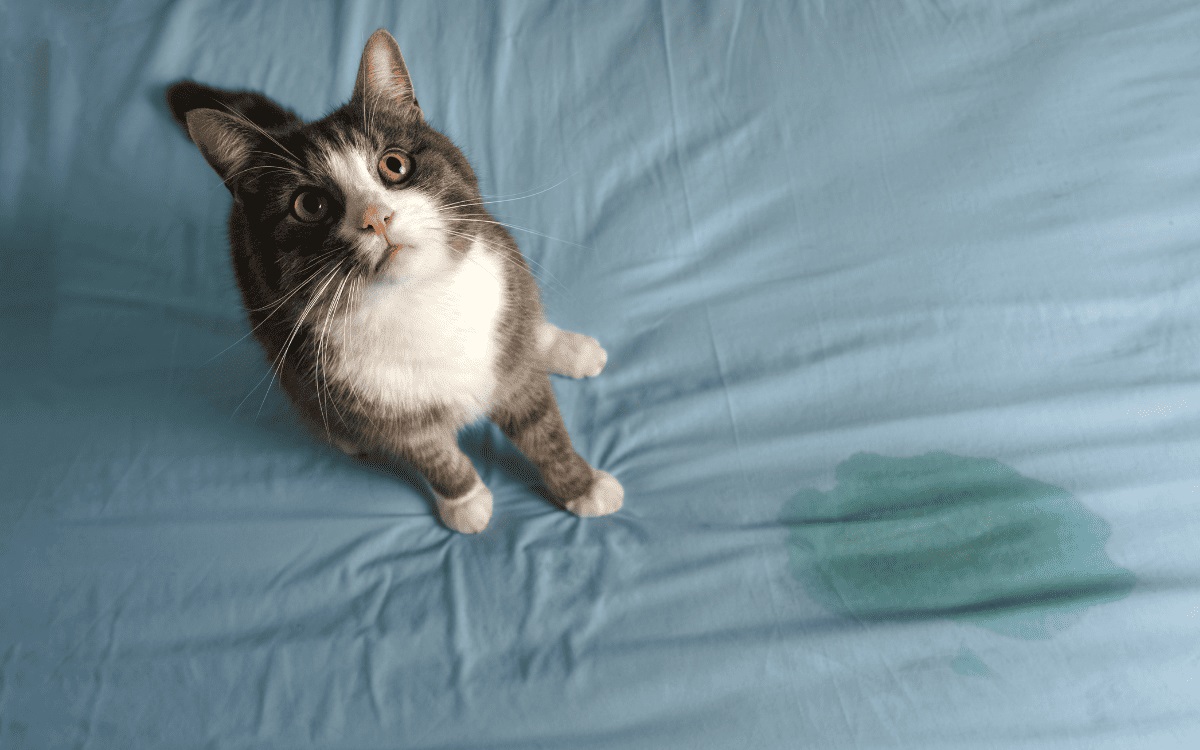

0 thoughts on “Why Does My Cat Pee On The Edge Of The Litter Box?”